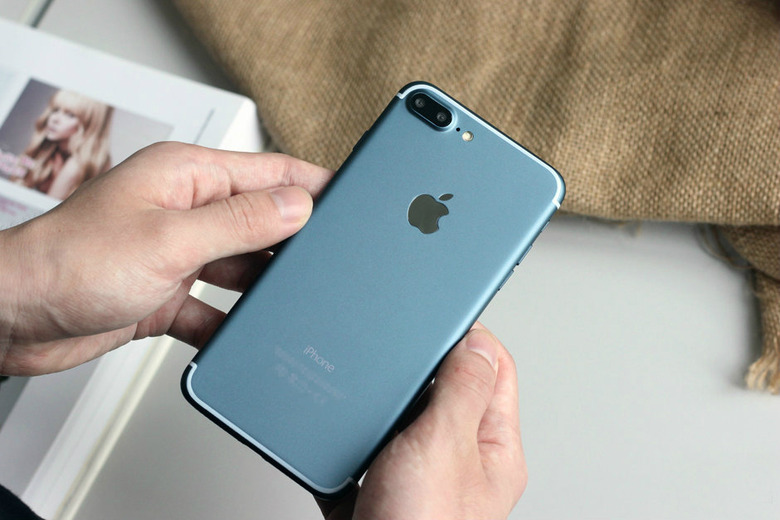Leak: iPhone 7 Will Solve Two Of The Three Biggest Problems With iPhones
We may receive a commission on purchases made from links.
We're now just two short days away from seeing Apple unveil its next-generation flagship smartphones, the iPhone 7 and iPhone 7 Plus. Months of leaks and rumors have painted a near-complete picture of what we can expect to see from Apple's upcoming iPhone refresh, and some people are more impressed than others. The new iPhone models might resemble last year's iPhones, but anyone who has really been paying attention knows that the iPhone 7 is going to be so much more exciting than you might think.
You thought you already knew everything there was to know about Apple's upcoming new iPhone 7 and iPhone 7 Plus, but a new report from the world's most accurate Apple analyst suggests that the new iPhone models will address not one but two of the biggest complaints people have about iPhones.
DON'T MISS: OK, so there is one big problem with the iPhone 7's lack of a headphone jack
So, what exactly are people's three biggest complaints about the iPhone?
The first is always battery life. Apple keeps making its iPhones thinner and thinner but the whole time, people keep saying that they would rather have a slightly thicker iPhone if it means better battery life. Apple hears you, iPhone fans, but this humpback battery case is all you're going to get.
Apple clearly values handset design over significant improvements to battery performance, so battery performance will continue to disappoint compared to Android rivals. It's aggravating indeed, but people don't seem to care enough to actually stop buying iPhones.
The next big complaint is the amount of storage on Apple's iPhones. Again, Apple will probably never give iPhone users what they really want — expandable storage — since that would put a huge dent in Apple's iPhone ASPs and profits. But as we've seen in leak after leak, Apple's iPhone 7 and iPhone 7 Plus will ship with twice as much storage as the iPhone 6s and iPhone 6s Plus. The entry-level models will come with 32GB instead of 16GB, and it looks like the next two tiers will be 128GB and 256GB.
Last but certainly not least, people want waterproof iPhones. More and more Android vendors have been releasing phones with impressive water-resistance. For example, the Galaxy Note 7 can be fully submerged underwater for 30 minutes at a time and come away fine. Meanwhile, Apple doesn't advertise any water-resistance on its iPhones. We know they can easily withstand a splash or two, but one quick accident near a pool, a sink or a toilet probably spells trouble for any iPhone owner.
Well guess what, Apple fans: It looks like the iPhone 7 and iPhone 7 Plus are finally going to step things up as far as water-resistance is concerned.
KGI Securities analyst Ming-Chi Kuo is the best in the business when it comes to outing unannounced Apple plans, and he issued a new note to investors on Saturday. We covered his note in an earlier post, but there's one morsel in there that most news sites seem to have breezed past: Kuo says that the new iPhone 7 and iPhone 7 Plus will have improved water-resistance on par with the Apple Watch.
This is a huge deal. The new iPhones seemingly won't be as waterproof as some Android phones from the likes of Samsung and Sony, but this would mark the first time that Apple will guarantee its iPhones against splashes and every brief dips in water up to 3 feet deep.
We won't know for certain if Apple's iPhone 7 and iPhone 7 Plus are actually IPX7 water-resistant until Apple unveils the smartphones on Wednesday. But give Ming-Chi Kuo's track record, it's probably a very safe bet.
